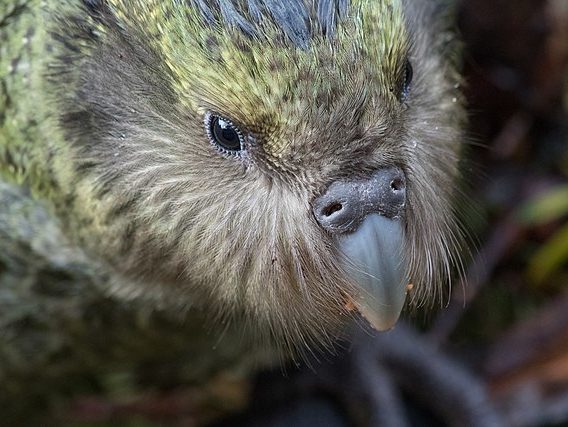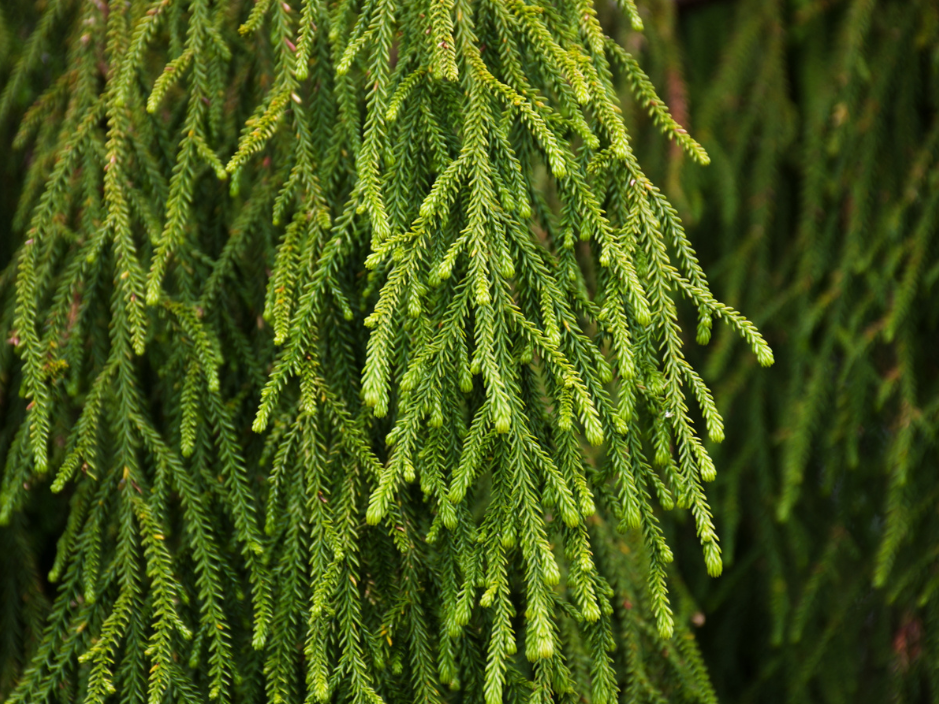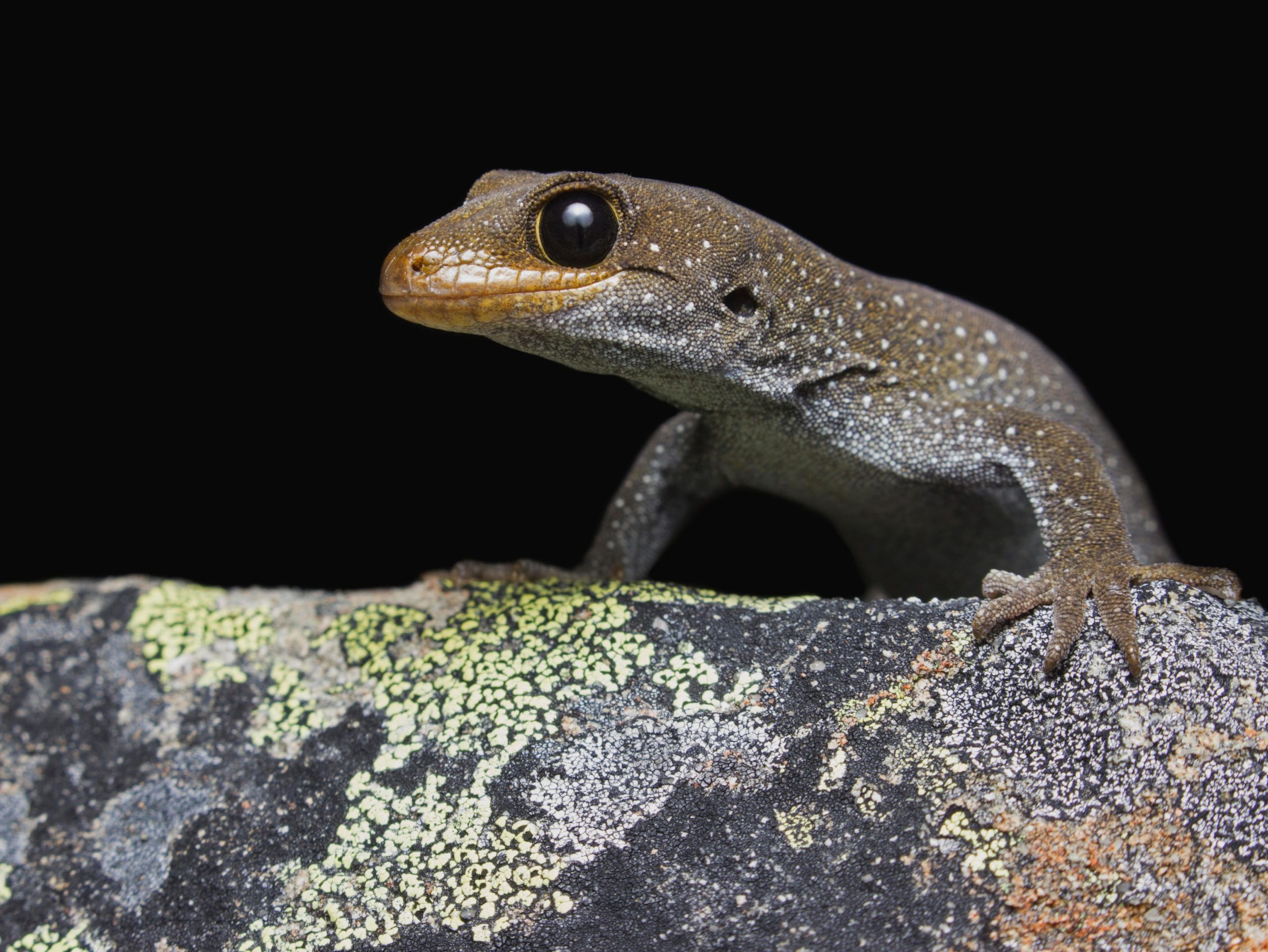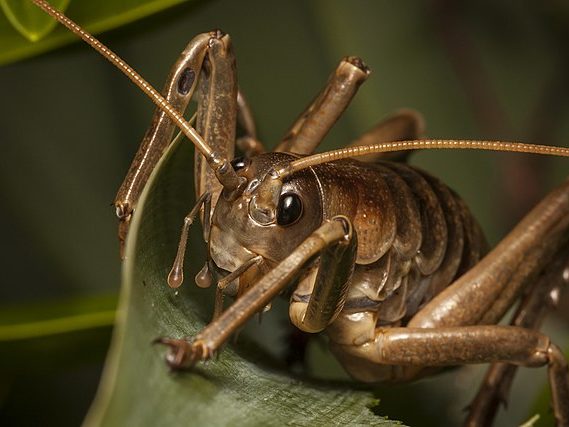In Aotearoa New Zealand Māori are ‘tangata whenua’ – people of the land. This reflects the importance of te taiao (the environment) to Māori identity, culture, and tikanga.

Te reo Māori is shaped by the unique environment and wildlife. There is a depth of meaning to te reo Māori words. Often a one or two-word interpretation limits the cultural significance of the word.
This article gives a taste of the history of words and encourages everyone to give te reo Māori a go!
Kia kaha te reo taiao – give the language of the environment a go this Te Wiki o Te Reo Māori!
Kōtare
The word kōtare can refer to a stage in the fence of a pā, used to watch for enemies. Kōtare (sacred kingfisher), the birds, were admired by Māori for being like a watchful sentry. These birds are iconic perchers.
They will sit on power lines, branches, washing lines, rock piles – anything two metres above the ground with a decent view. They sit hunched and motionless as they watch for prey. Then in a flash and a streak of green, they dive for their target, returning to their perch to swallow it whole.

Kākāpō

These large green birds are ‘parrots of the night’ – kākā meaning parrot and pō meaning night.
As their name suggests, they are nocturnal: roosting in trees or on the ground during the day, and cominge out at night to feed on leaves, buds, flowers, fruits, and seeds.
Rimu
The delicate green scaly leaves that gracefully droop from a rimu tree look a bit like seaweed, don’t they?
Māori thought so and named the native tree rimu, derived from ‘limu,’ a term used throughout the Pacific to mean seaweed.

Hura te ao gecko

The hura te ao gecko is named after its beautiful colourings. In te reo Māori, ‘hura’ means ‘reveal’ and ‘ao’ is the light but can also relate to the break of dawn.
The yellow colouring around the gecko’s mouth is reminiscent of the bright sun rising as the day begins.
The hura te ao gecko was only discovered four years ago in an alpine outcrop in North Otago. So, its name also refers to the idea that the gecko has ‘revealed’ itself to us.
Wētā punga
Spiky, secretive, and armour-plated – the wētā punga (giant wētā) is Aotearoa New Zealand’s largest, heaviest wētā.
All wētā were considered repulsive by Māori. But the wētā punga was considered so offensive that the insect was named after the ‘god of ugly things’: Punga.
In Māori mythology, Punga is the ancestor of all ugly things including sharks, lizards, rays, and all deformed, ‘ugly’ things.
But beauty is in the eye of the beholder and some would say our wētā punga is beautiful in its own way.


